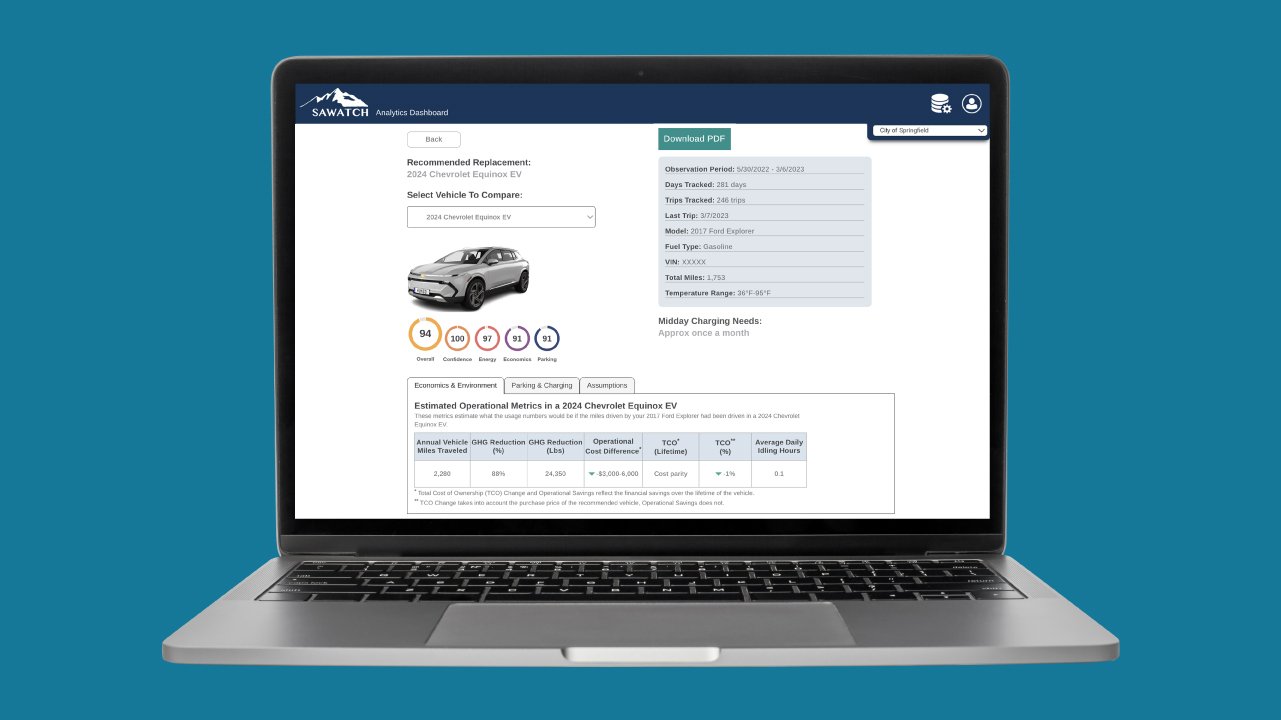What is Fleet Telematics?
Fleet telematics is the process of gathering high-fidelity data, transmitting it over long distances, and then displaying it in a data visualization dashboard. The process begins with installing a physical telematics device into each vehicle on your fleet. As the vehicles drive, the device uses GPS and telematics software to record various data points. A cellular signal then transmits the information to secure servers, allowing you to review the data and optimize your fleet.
“Fleet Telematics uses hardware and software to transmit data over large distances.”
The first instances of fleet telematics involved expensive and obtrusive GPS hardware that only gathered one main data point: The vehicle’s location. As the technology evolved, the hardware became smaller and more affordable while the software became more robust and informative. These developments allowed for wider adoption of telematics and improved fleet analytics.
Using Telematics Software to Achieve Fleet Optimization
With today’s access to efficient, cost-effective telematics software, fleet optimization is within reach for just about everyone. Fleet managers in both the private and public sectors use the data gathered from fleet telematics in a variety of ways. They can determine which vehicles are the best fit for specific jobs, mitigate range anxiety with route planning, identify which drivers need more training based on speed and idling statistics, and more.
Gathering accurate information takes time, in many cases between six months to a year. The length of time helps to account for seasonal changes, such as increased road maintenance in winter months or heavier traffic around the holidays. Although the insights may take a while to fully analyze, having them at your disposal is crucial to optimizing your fleet.
Reduce fuel costs: By tracking your fleet and planning the most fuel-efficient routes, you can find where improvements can be made to save on fuel costs.
Better fleet maintenance: Telematics software monitors the mechanical and electrical components of your fleet to keep you informed of needed preventative maintenance.
Increased safety: The mere presence of a device that monitors speed and distance traveled encourages safe driving behavior and the telematics software makes it easy to identify risky driving behaviors (e.g. speeding, harsh acceleration, etc.) to inform safety training programs.
Improved service: Location information coupled with real-time rerouting based on traffic and weather helps ensure that each vehicle in your fleet reaches its destination in time and on budget.
Lower administrative costs: Automatic reporting with telematics software reduces the need for time-consuming manual reporting.
Loss prevention: Tracking each vehicle in your fleet provides precise location information. If a vehicle is stolen, you will have an accurate record to provide to the police to aid in vehicle recovery.
Which Vehicles Can Use Fleet Telematics?
The versatility of fleet telematics lends itself to nearly every vehicle under your control. The use cases are as varied as the data gathered. Included among the vehicles that will see benefits from the use of telematics are:
Internal combustion engines (ICEs)
Electric vehicles (EVs)
Light or heavy duty
Short and long range
Public and private sector
Fleet telematics software can be used to track greenhouse gas (GHG) emissions. This allows fleet managers to make decisions that will help comply with federal and local GHG mandates. The other data points obtained through fleet telematics make the solution perfect for increasing reliability, raising customer service standards, boosting efficiency, and improving revenue.
If you are not currently using fleet telematics to monitor the status of your vehicles, you are missing a huge opportunity to improve operations. Schedule a demo with Sawatch Labs to learn more about how your fleet can benefit from telematics software.

